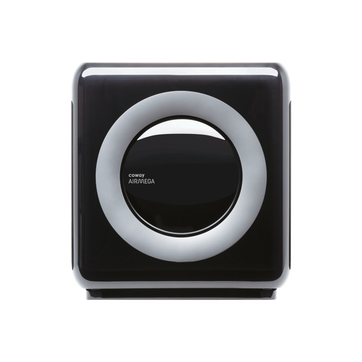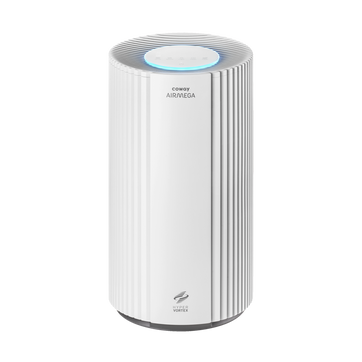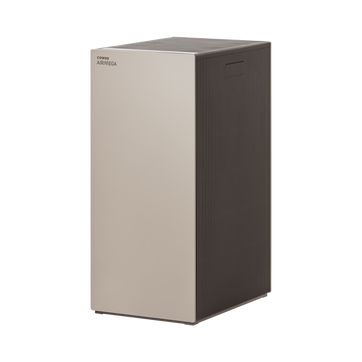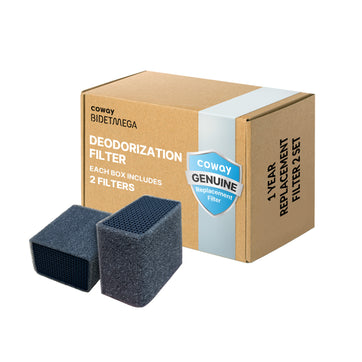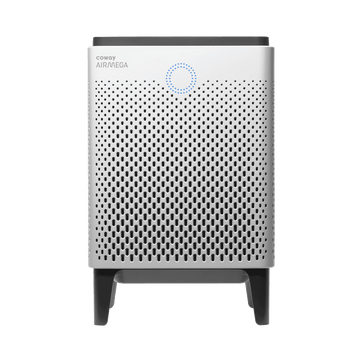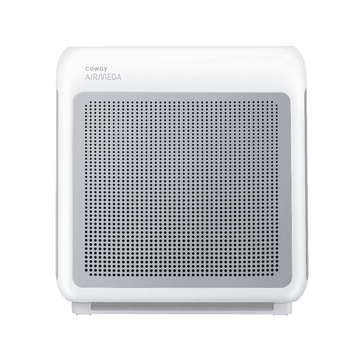
Does Air Quality's Effect Our Kids' Grades?
The beginning of a new school year means kids are spending half — or more — of their waking hours packed into schoolhouses, many of which are in heavily trafficked urban areas or in more-densely-packed areas of town. In fact, some 6.4 million students in the U.S. attend school within 250 meters of a major roadway, exposing them to heightened levels of traffic-related air pollution where school children may be exposed to more pollutants.
For kids especially, this is risky business. Not only are children’s brains and bodies still growing, their daily activities make them more vulnerable to pollutants. Kids breathe more rapidly than adults do, they consume more water relative to their body size, and they spend a greater portion of their time outdoors.
All that adds up to a bigger opportunity for pollutants and particulate matter to get into the lungs and bloodstream — and eventually into the brain. Pollutants, doctors have found, contribute to inflammation in the brain, which can cause loss or damage to tissue and impact neurons’ ability to communicate with one another.
Here’s what that can mean for a child’s learning ability, mental health, and physical health:
Air Quality and Cognitive Development
Researchers have repeatedly shown a connection between air pollution and slowed learning. Last year, for example, a Spanish study made headlines when it found that children attending schools in close proximity to major roadways were behind others in key areas of development, including memory and attentiveness. An Italian study linked infant exposure to nitrogen dioxide from car exhaust to decreased verbal skills in elementary school. And, earlier this month, a team at Lancaster University identified magnetite particles — a substance commonly found in diesel exhaust — lodged in human brain tissue; though more research is needed, the particles are associated with degenerative neurological diseases.
Mental Health
In 2016, a team of Swedish researchers demonstrated a link between traffic-related air pollution and increased mental illness in people under 18 years old. The team mapped the pollutant exposure of a half-million young people against how often they were prescribed medications that treat mental illness, and found that those with greater exposure were more likely to be treated for psychiatric conditions down the line.
The findings are consistent with past studies. A 2012 Columbia University study, for instance, found that in-utero exposure to particulate matter levels common in most big cities lead to depression, anxiety, and attention issues later in life. And a study from Ohio State University found that mice that were exposed to high levels of pollution acted more anxious than those who breathed cleaner air.
Air Quality and Physical Health
Prolonged exposure to air pollution has perhaps its greatest impact on a child’s respiratory health. Over the past three decades, numerous studies have drawn direct links between traffic-related pollution and asthma, chronic coughs, and bronchitis. It’s not all bad news, however, research does also indicate that the effects can be reversed if children move to or spend considerable time outside dense urban areas.
Uprooting, however, is an extreme option. But actively seeking out cleaner air in green spaces — or taking steps to scrub pollution from our homes with air purifiers— can help ensure kids have the opportunity to grow and thrive.
Key Takeaways
- Children are more vulnerable to air pollution due to their developing bodies and higher activity levels
- Air pollution has been linked to impaired cognitive abilities like memory and attentiveness
- Exposure to pollutants can increase risk of mental health issues like depression, anxiety, and ADHD
- Air pollution negatively impacts children's respiratory health and risk of asthma/bronchitis
- Reducing exposure by avoiding polluted areas or using air purifiers can help mitigate effects
Let Coway Help Keep Your Family Safe This School Year
While you may not be able to control the air in your child’s school, you can combat bad air at home with a HEPA air purifier. Learn more about how Airmega can help protect you and your family from pollutants and irritating particles in your home.
Disclaimers
1Coway air purifiers have been proven to trap dust, pollen, dander, viruses and bacteria in the air based on KCL (Korea Conformity Laboratories) testing.They have been tested in a 30㎥ size chamber according to the Korea Air Cleaning Association standard (SPS-KACA 002-132:2022 Modified) to measure the 0.01㎛ size of particle removal rate. It was tested on maximum airflow speed in normal room temperature and humidity conditions. The performance may vary in the actual living environment of customers.
→ Tested with Airmega Aim, 50, 100, 150, 160, Tower AP-1216L, Mighty AP-1512HH, MightyS AP-1512HHS, 200M, Icon, IconS, 230, 240, 250, 250 Art, 250S, 300, 300S, 350, 400, 400S, 450, ProX
299.97% of viruses, bacteria, fungi and pollen were verified to be removed from the air for Coway air purifiers which have Green True HEPA™ filter applied based on the Japan Food Research Laboratories(JFRL) testing according to JEM 1467 standard.
→ Tested with Coway Airmega Mighty AP-1512HH, MightyS AP-1512HHS, 250, 250 Art, 250S, 300, 300S, 400, 400S
→ All tested by JFRL and received above result within below time.
4The concentration of ammonia, acetaldehyde and acetic acid were proven to be removed within 30 minutes by FCG Research Institute, Inc. Human Life Science Lab. It is not a demonstration result in the actual use space. Not all odors and gases may be supported. → Tested with Coway Airmega 150, 160, Mighty AP-1512HH, MightyS AP-1512HHS, 400, 400S
5The coverage area of the air purifier is based on an area where the air cleaner can make two air changes per hour (ACPH). An air change per hour translates to how many times an air purifier can clean an area, assuming the height of a ceiling to be 8 ft, in one hour. Therefore ** means two air changes per hour means that the cleaner can clean the area once every 30 minutes and * means air changes per hour means that the air purifier can clean the area once every 60 minutes.
10Terms and conditions apply. Discounts, including promotions, coupons, bundle discount and subscription discount, cannot be stacked on top of other coupons. During promotional periods, discount codes will not be able to be applied to orders. Promo codes may apply to products only—filters, accessories, and new products within 3 months of the release date are not included.
11Based on Coway R&D internal laboratory testing, activated carbon filtration was shown to remove up to 95% of ammonia odors within 40 minutes, and up to 99% of fecal odors within 20 minutes. Actual performance may vary depending on usage conditions.

